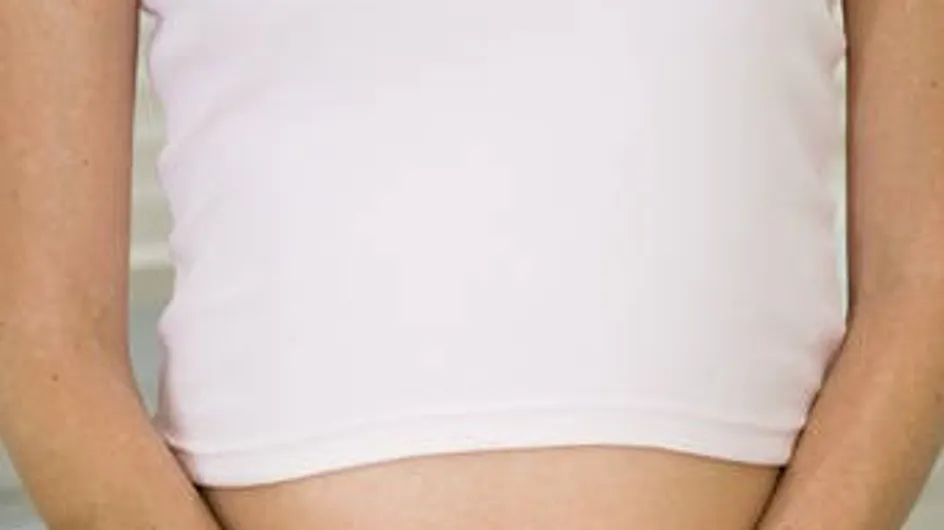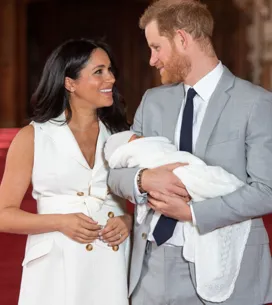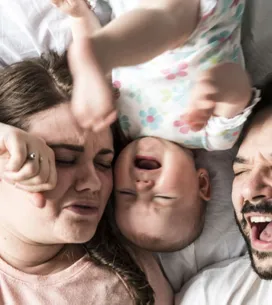Taking in the news
The first scan will reveal if you are having twins or more. Psychologically, it’s a big shock for parents. You will need to adjust to the idea of life with two or more new babies in the family. Your material situation could also become more complicated. You may need to get extra help, childcare, a different car or even a new home to accommodate more arrivals than you expected. A lot of things will change and it will take time to adjust. Fortunately you have nine months to get used to it (maybe less, as multiple pregnancies are often premature).
Controlled pregnancy
Multiple pregnancies are usually more closely supervised than others because 20 to 30% do not go beyond 32 to 33 weeks. The risk of developmental problems for the babies are the main difficulties. The mother’s uterus is the same whether she is expecting one or several babies, so when she is expecting several babies, the uterus undergoes a lot more tension which can be dangerous for the pregnancy.
The exams
To minimise risks and detect any problems, visit your doctor every 3 weeks until the 18th week, and every 2 weeks until the 34th week. If everything is going well, a visit every week until the babies are born is advised. These check-ups can detect high blood pressure, which is 3 or 4 times higher in women expecting more than one baby. It can also detect an excessive amount of amniotic fluid, the risk of delayed growth or abnormalities with the placenta. You will also have the right to a monthly scan from 28 weeks onwards.
Rest
The risk of premature birth increases with fatigue. When you are expecting twins (or more), you will be more tired, so it’s essential for future mums of twins to get a lot of rest. It’s common for doctors to prescribe rest from 24 weeks onwards, and if there is any risk to you or the babies you may be hospitalised.
The delivery
The delivery is identical to a single birth - the level of pain is not double! Epidurals are widely used. For multiple births, the delivery will depend on several factors:
- If the babies are in the right position then the delivery will be natural. However, supervision during the birth will be permanent to minimise risks.
The biggest baby usually comes out first. The doctor and midwife check the position of the second to ensure that it doesn’t change. If the babies are non-identical (i.e. there are two eggs) then the doctor and midwife will break the water of the second baby.
- If one or both of the babies are in the breech position, then the birth will be by Caesarean section.
Note
Twin or triplet births by Caesarean are becoming increasingly common to avoid risks. However, some doctors think Caesareans are being over-used. If you want to make sure that a Caesarean will only be performed if it is required, ask your doctor early on in your pregnancy. However, the position that your babies are in during the latter weeks of your pregnancy will affect what method of delivery is decided as safest for your babies.













